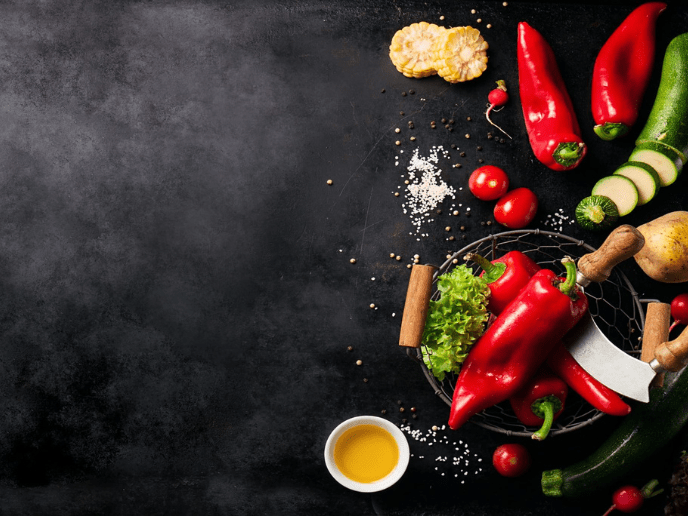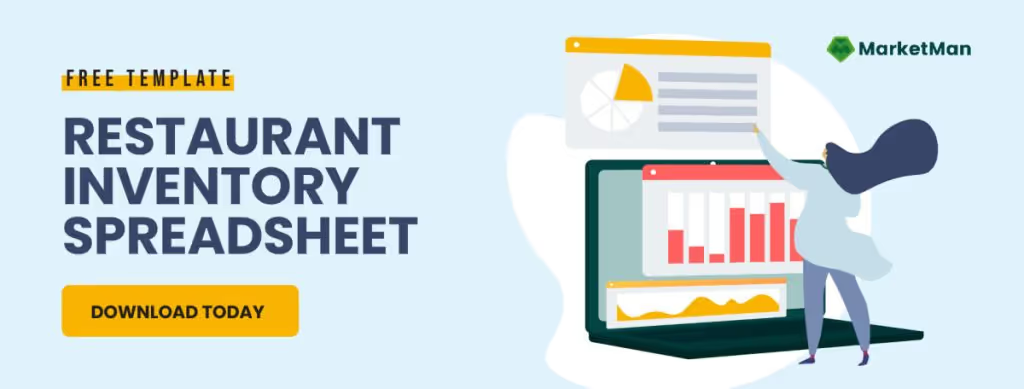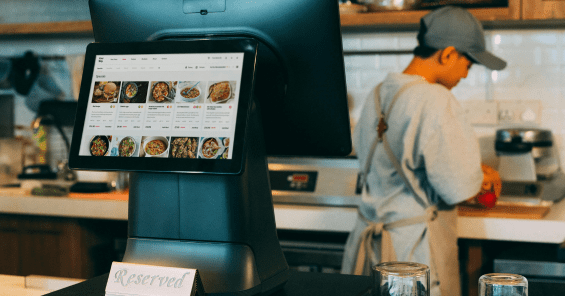

The Ultimate Guide to Restaurant Inventory (Plus Free Templates!)
In this article, we discuss the ins and outs of managing restaurant inventory. Learn about examples of restaurant inventory, how to keep track of it, and more. Check out some FREE templates you can use in your restaurant to create the perfect process for your business.
The average restaurant dedicates an estimated 30% of its budget to food. To profit from that budget, restaurant owners should make the most of the inventory they purchase, as well as their stock. Keeping track of your inventory requires a reliable process, the right tools, and knowledge of a few key calculations.
How To Start And Grow Your Restaurant Business
Whether you're embarking on launching your first restaurant, opening a second (or third) location, or ready to turn your restaurant business into a franchise, this guide will help you make the smartest decisions possible for your business

In this ultimate guide, you will learn:
- How restaurants keep track of inventory
- What's included in restaurant inventory
- How often to take inventory
- How to make a restaurant inventory list
How Do Restaurants Keep Track of Inventory?
Proper inventory management starts with clear, concise, and planned-out recipes. It's essential to input accurate baseline data in your recipe management system to track stock moving in and out of your kitchen. Then, verify your current inventory levels and conduct stock counts if necessary. Equipped with this essential information, you can now implement tools to increase visibility into your stock. Let’s talk about some examples of tech tools that automate the inventory tracking process.
Excel Templates
To manage inventory in Excel (or with a Google Sheet), owners or designated employees can count stock of items in the restaurant's inventory manually, jot them down on Excel printouts, and input the food stock count into a food inventory template on the computer in a back office. A basic restaurant inventory template includes a list of food items, their unit of measure, amount, unit price, and total cost. While the process can be slow and prone to error, it’s certainly an option for certain restaurant operations.
Download MarketMan's FREE restaurant inventory sheet template here.

Point-of-Sale Systems
Point of sale (POS) systems combine ordering and payment processing with restaurant management software through virtual terminals via tablet, mobile, and even phone-based systems. They keep track of menu items at the checkout counter and link to actual inventory counts, so the stock updates with every purchase recorded.
Pro Tip: Check out this Menu Pricing Template to find out how to price your menu effectively.
Barcode Scanners
Barcode scanners track incoming and outgoing stock easily. They're linked to inventory management software to coincide with a more extensive barcode system, in which each product has a specific barcode. Cashiers and servers can scan the barcode at checkout counters and tables, which updates changes in the stock count.
What's Included in Restaurant Inventory?
Any physical items necessary to provide services to your patrons, like food, ingredients, and other things such as cookware and employee uniforms, are included in restaurant inventory.
Examples of items you might find in a restaurant's inventory include
- Food
- Spices
- Dry goods (flour, sugar, baking powder)
- Cookware (pots, pans, plates, cutlery)
- Beverages and liquor
- Linens (tablecloths, napkins, aprons)
- Employee uniforms
It's worth noting that successful restaurants typically spend around 28 to 35 percent of costs on food products. That percentage might be higher if the restaurant doesn't manage its inventory effectively or use its stock wisely. We recommend tracking inventory in separate categories such as food, beverages, and non-food items.
How Often Should You Take Inventory?
How often your restaurant takes inventory will depend on the type of establishment you're running. What's most important is that you're tracking inventory on a consistent schedule and counting and monitoring your inventory frequently to see how quickly you're burning through food and ingredients, a process known as cycle counting.
Restaurant owners should keep a daily record of available food products to check each item's physical condition and know how much to purchase from vendors and suppliers on ordering day.
Come up with a plan you can stick to for your inventory management. Experts recommend restaurants conduct their inventory processes before they open or immediately after they close—plan on taking inventory at the same time and day every week or month to encourage consistency. However, feel free to track different types of stock on different schedules—for example, you may track more perishable food every couple of days and track dry goods every week or every other week.
How Do I Make a Restaurant Inventory List?
Once you've finalized your menu and inputted each recipe into your recipe database (if you have reliable restaurant management software, that is), it's time to set up your restaurant inventory list or spreadsheet.
Restaurant inventory list essentials include
- The category and name of the ingredient
- Unit of measure
- Unit price
- Amount of the ingredient required
- Total cost

Once you've created your spreadsheet, here is how to complete it to set up your final restaurant inventory list.
- List all your inventory items. Write down your items and ingredients under their proper categories.
- Write down each item's unit of measurement. The unit of measure will depend on how an item typically sells in bulk. For example, you could be buying tomato sauce by the ounce, produce by the case, and shredded mozzarella cheese by the pound.
- Estimate how much of each food item is required. Turn to your sales projections to estimate how much you'll need of each ingredient or item. Assume this process will include some trial and error. You may underbuy or overbuy during your first few months of business. Just keep track of your inventory and waste to refine your inventory process.
- List the cost for each unit. Before you can list each cost, you'll need to compare quotes from vendors and suppliers and decide where to purchase your ingredients. For help on this step, check out this Questions to Ask Food Suppliers Template.
- Multiply the unit price by the inventory amount. The cost of each ingredient will coincide with your purchasing period (for most, a week).
- Repeat this process weekly. Updating your inventory list can make a massive difference between running a profitable restaurant or a struggling one.
Pro Tip: Try this food costing calculator to figure out what menu items are most profitable (or which are duds). Conducting these calculations will help refine your menu and lead to greater profitability.
MarketMan: The Ultimate Inventory Management Solution
Modern restaurants require a system that tracks sales, takes inventory, and provides other useful features, like a recipe database and streamlined accounting. Restaurant owners require a solution that will help them do the important work of managing their business without worrying about crunching numbers, calculating formulas on paper, or creating manual inventory lists. Restaurant management software can help and can integrate with your existing setup.
If you're ready to get serious about your inventory management, look no further than MarketMan, a cloud-based inventory management and purchasing app geared toward streamlining accounting, procurement, and delivery. It's a tech-forward, lightweight solution for restaurants, hospitality groups, and franchisors to reduce costs, track financials, and drive revenue. With a solid platform on a unified cloud platform, restaurant owners can easily elevate their business by integrating MarketMan with their POS system, accounting software, commissary and franchise management, and more.

MarketMan's restaurant inventory management software is designed to automate inventory control, reduce food costs, and optimize all back-of-house activities. By eliminating manual processes, MarketMan empowers restaurateurs to work smarter, reduce waste, and gain insights for improved profitability. Take the guesswork out of restaurant management—book a demo today to experience how MarketMan can elevate your operations!
Author
Contributors
If you have any questions or need help, feel free to reach out
Don't miss out on maximizing your restaurant's profits! Calculate your ROI with MarketMan
Join over 18,000 restaurants and get the hottest restaurant tips delivered to your inbox
You may also be interested in
Ready to get started?
Talk to a restaurant expert today and learn how MarketMan can help your business






